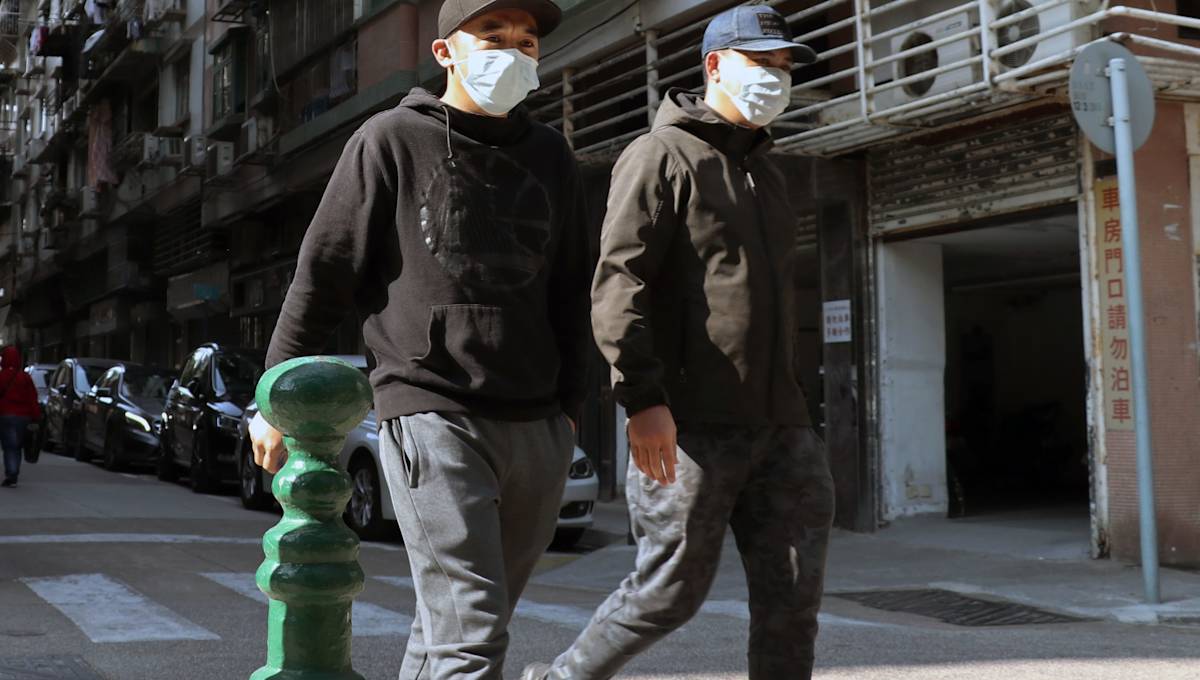
Insights+ The COVID-19 outbreak – Epidemic stabilizes in China, while accelerating globally
Over the last week, China has continued to successfully contain the COVID-19 virus. While the risk of a re-escalation in new cases occurring cannot be dismissed, the biggest concern now is the rapid spread of the epidemic into multiple countries around the world; the possibility of a global pandemic unfolding has become increasingly real.
Ongoing progress in China
On Monday, the WHO-China joint mission concluded its visit to several Chinese provinces – including Hubei, the epicenter of the outbreak – to assess the epidemic. The team found that the outbreak had “peaked and plateaued” between January 23 and February 2, after which it has been in steady decline. It also reported that, “The measures taken in China have averted a significant number of cases.”
For now, the greatest uncertainty is whether the outbreak will re-escalate as the country gradually returns to work; Chinese health authorities have repeatedly warned about the possibility of a resurgence in new cases occurring. While chairing a meeting on preventing and control efforts on Wednesday, President Xi said, “The downward trend is a positive sign, while the risk of the resurgence of the outbreak should not be overlooked.” The next day, Zhong Nanshan, a leading Chinese epidemiologist, predicted that the epidemic will be brought “under control” by the end of April.
This week, the Chinese leadership also officially confirmed that the annual meetings of the country’s top legislature and political advisory bodies – colloquially known as the “Two Sessions” – had been postponed from early March, reflecting the gravity with which authorities continue to view the epidemic. The rescheduled dates have not been announced yet.
Although significant progress has been made, China’s drive to contain the outbreak will continue to dominate government agendas at all levels. If a re-escalation is avoided, the focus will shift even more towards getting the economy fully up and running again. Stories about the economic recovery can then be expected to headline coverage across Chinese media outlets.
Rising infections outside China
The threat of the virus spreading around the world has quickly become very real. While the number of infections has continued stabilizing in China, the sudden rise of new cases in other countries, particularly South Korea, Italy, and Iran, has been “deeply concerning,” according to the WHO. South Korea has the most cases outside China – about 1,600 as of Thursday – and President Moon Jae-in has put the country on its highest alert level, calling for “unprecedented powerful measures” to contain the epidemic.
Over the past week, the global news cycle has been dominated by reports about these escalating infections. It is now highly uncertain whether the virus’ spread worldwide can be successfully halted.
Troubled financial markets
As the number of new cases spiked outside China, investors finally awakened to the reality that the outbreak is not going to be a short-term event. Stock markets around the world plummeted this week due to fears about the risk of a global pandemic unfolding before long. On Thursday, the Dow Jones Industrial Average fell nearly 1,200 points – its worst one-day point drop ever – while the S&P 500 index and the Nasdaq Composite lost 4.4% and 4.6%, respectively.
Unless the rapid spread of the virus outside China is contained soon, businesses can expect continual volatility in financial markets in the coming weeks.
Deepening economic impact
The economic toll of the outbreak is deepening. China’s economy has struggled to restart after the New Year holiday, with business activity remaining highly subdued; many factories are still closed or operating at reduced capacity.
The impact on Chinese growth will likely be most acute in the first and second quarters. For instance, BNP Paribas recently cut its forecast for China’s Q1 GDP from 5.5% annualized to -0.5%. If the downward trend in China’s new COVID-19 cases continues and the outbreak peters out, the resilient Chinese economy will probably see a sharp rebound in the second half of the year. Most importantly, the country’s long-term growth potential remains unchanged.
For the global economy, the biggest unknown is whether the spread of COVID-19 can be stopped in other countries. Oxford Economics recently projected that should the current outbreaks escalate into a global pandemic, it could wipe out as much as US$1.1 trillion from the world economy. This was a worst-case scenario and perhaps unnecessarily alarmist – but if the situation continues deteriorating in other countries, then there could indeed be grave consequences for global growth.
If you have any questions, please do get in touch with us at GPABeijing@hkstrategies.com. We can provide more in-depth assessments about the latest developments – particularly in relation to your industries of interest – as well as support your company or organization in further developing both its internal and external communications strategies.






